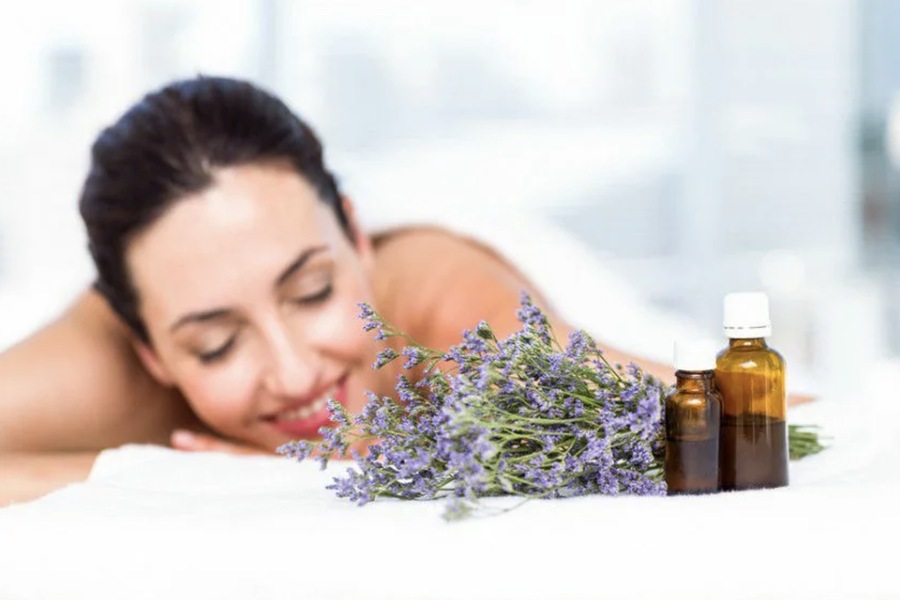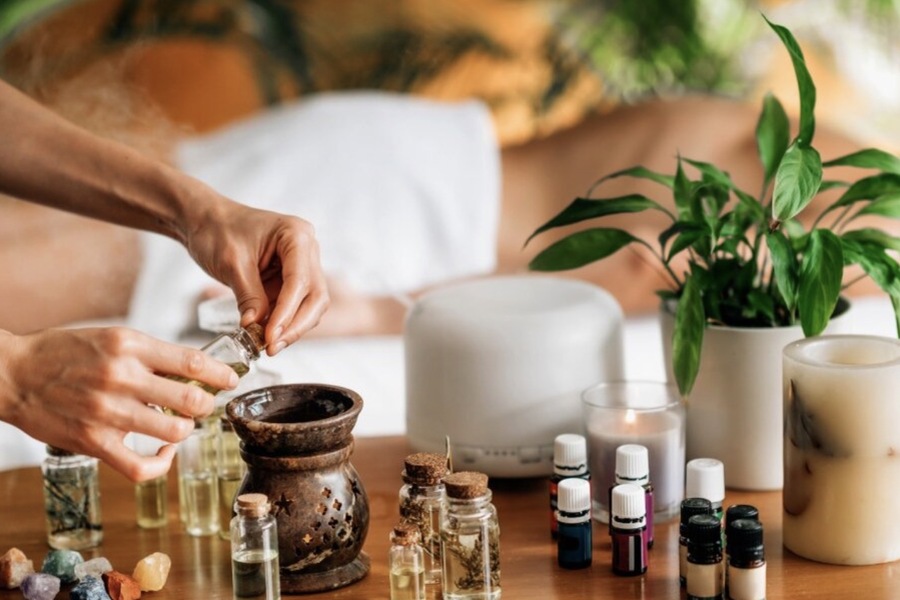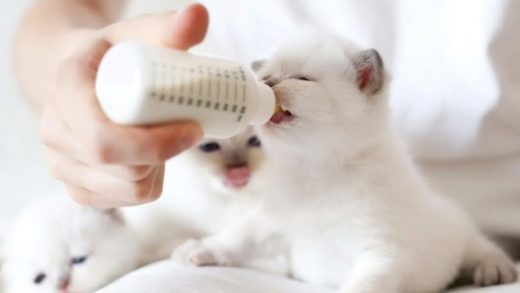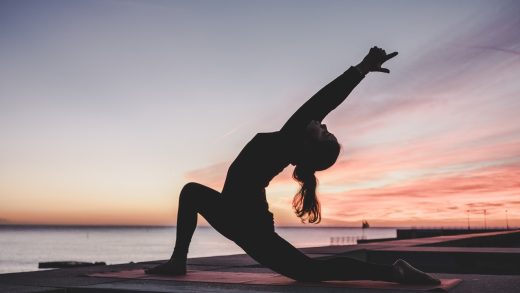Aromatherapy is an ancient healing practice that utilizes the natural properties of essential oils derived from plants to improve health, enhance beauty, and promote overall well-being. It focuses on the use of pure essential oils to rejuvenate the body and mind. One of the most effective ways to incorporate aromatherapy into daily life is through massage, specifically the “aromatherapy massage treatment,” a practice that combines the physical benefits of massage with the emotional and psychological benefits of essential oils.
The aromatherapy massage treatment serves as a holistic approach, working on the entire body and mind by integrating the power of touch with the potent properties of aromatic plant extracts. It offers numerous health benefits by positively influencing the nervous system, enhancing emotional well-being, and promoting physical relaxation and rejuvenation. The treatment targets various aspects of health, helping to relieve stress, improve circulation, and alleviate muscular tension.
Types of Aromatherapy Massage
Aromatherapy massage can be tailored to suit various health and wellness needs, depending on its purpose, technique, and the essential oils used. Here are some common types:
By Purpose
Therapeutic: Focuses on treating specific health conditions like headaches, muscle pain, or insomnia.
Reflex: Uses pressure points on the body to promote healing.
Cosmetic: Designed to improve skin appearance and health.
Hygienic: Promotes overall well-being and maintains a healthy body.
Preventive: Aims to prevent health problems by improving bodily function.
Sports: Helps athletes recover from injuries or prepare for physical activity.
By Target Orientation
Anti-Cellulite: Designed to reduce the appearance of cellulite and improve skin elasticity.
Lymphatic Drainage: Stimulates the lymphatic system to detoxify the body.
Rejuvenating: Aimed at promoting youthfulness and skin regeneration.
By Method of Exposure
Manual: Performed by hand, focusing on various massage techniques like kneading, stroking, and tapping.
Hardware: Uses devices to enhance the massage, typically seen in spa settings.
By Degree of Essential Oil Exposure
Stimulating: Uses invigorating oils to energize the body.
Relaxing: Focuses on calming the body and mind, often with lavender or chamomile.

By Technique
Classic: Involves traditional massage techniques that focus on relaxation and overall wellness.
Point: Also known as acupressure, this technique targets specific points on the body for therapeutic effects.
In terms of coverage, aromatherapy massage can be either general, where the entire body is massaged, or partial, where specific segments like the back, legs, or arms are targeted.
Base and Essential Oils
The effectiveness of an aromatherapy massage largely depends on the types of oils used. These oils are divided into two categories: base oils and active (essential) oils.
Base Oils
Base oils are carrier oils that help dilute essential oils and allow them to be spread easily across the skin. They nourish the skin, providing a moisturizing effect and ensuring that the massage therapist’s hands can glide smoothly. Some popular base oils include:
Flaxseed oil
Avocado oil
Grape seed oil
Mineral oil
Active (Essential) Oils
These oils offer therapeutic properties and are selected based on the desired effect. Essential oils are highly concentrated, so they are always diluted with a base oil before being applied to the skin. The specific essential oil used depends on the desired outcome of the massage. Here are some common types of essential oils and their effects:
Warming Oils
These oils stimulate circulation and create a warming sensation, often used in cold climates or to ease muscle tension. Examples include oils with pepper, ginger, honey, lemongrass, and verbena.
Relaxing Oils
Oils like lavender, valerian, oregano, jasmine, juniper, and rose have a calming effect and are used to reduce anxiety and promote relaxation.
Toning Oils
Citrus oils, such as tangerine, orange, and bergamot, as well as ylang-ylang, invigorate the body and enhance energy levels.
Cooling Oils
These oils, like lemon, lavender, eucalyptus, mint, and lemon balm, are refreshing and help soothe irritated skin and relieve stress.
Anti-Cellulite Oils
Essential oils such as pepper, cloves, orange, grapefruit, juniper, cedar, pine, and rosemary help reduce the appearance of cellulite.
Nourishing Oils
Olive, grape seed, coconut, jojoba, and macadamia oils help nourish the skin, leaving it soft and moisturized.
Moisturizing Oils
Almond oil, wheat germ oil, and aloe extract oils deeply hydrate and restore moisture to dry skin.

Guidelines for a Safe Aromatherapy Massage
Aromatherapy massage involves careful preparation to maximize the benefits and prevent any adverse reactions. Here are some important guidelines to follow:
- Diluting Essential Oils
Essential oils should always be mixed with a base oil before application to avoid skin irritation. The recommended ratio for a full-body massage is 30 drops of essential oil per 50 ml of base oil. For acupressure or more targeted massages, the concentration may be higher, such as 30 drops of essential oil per 5 ml of carrier oil. - Allergy Test
It’s crucial to check for potential allergies before the massage. To do this, apply 1-2 drops of essential oil to the wrist or place a few drops on a handkerchief to sniff periodically for two days. If any adverse reaction occurs, the oil should not be used. - Pre-Massage Preparation
Two hours before the massage, it’s advised to avoid using deodorant, perfumes, eating heavily, or consuming alcohol. Showering and dry brushing the body will stimulate the lymphatic and circulatory systems, enhancing the effectiveness of the massage. - Temperature and Setting
The massage should take place in a room with a comfortable temperature (around +20-23°C) to ensure relaxation. The therapist’s hands should be warm to maintain comfort. - Post-Massage Rest
After the session, it’s recommended to rest for at least 30 minutes under a blanket to prolong the effects of the essential oils. This helps the oils fully penetrate the skin and continue to work in the body. - Frequency of Massage
Aromatherapy massage should be done no more than twice a week, depending on the individual’s needs and health goals.
Enhancing the Experience
An aromatherapy massage is more than just a physical treatment; it’s a full sensory experience. To maximize relaxation, the massage is often performed in a soundproof room with dim lighting, soothing music, and pleasant aromas diffusing in the air. Some therapists use aroma stones to enhance the release of essential oils into the air, which allows the patient to benefit from the inhalation of aromatic vapors as well as their absorption through the skin.
The Prolonged Effects of Aromatherapy Massage
One of the remarkable benefits of aromatherapy massage is the lasting effect of essential oils. Once absorbed into the skin, the oils penetrate into the lymphatic system and bloodstream, where they continue to work for several hours after the massage. Essential oils have different effects depending on their type—some promote relaxation, while others stimulate the senses. The molecules of these oils easily cross the skin barrier, making their way into the body and influencing the nervous system.
Unlike deep tissue massages, aromatherapy massage typically involves gentle, circular motions that are soothing rather than intense. This makes it an ideal choice for individuals seeking a less invasive and more relaxing treatment.
Conclusion
Aromatherapy massage offers a unique combination of physical, emotional, and psychological benefits, making it a powerful holistic therapy. The carefully selected essential oils enhance the therapeutic effects of the massage, while the soothing environment and gentle techniques provide deep relaxation. Whether you seek to relieve stress, reduce muscle tension, or simply indulge in self-care, aromatherapy massage can be a transformative experience for both body and mind.




